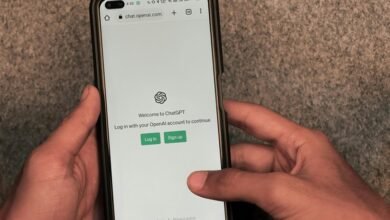333556556 Missed Call Hotspot Mapping

The 333556556 missed call hotspot mapping initiative focuses on identifying areas with significant unconnected calls. This analysis can reveal underlying communication patterns and network issues. By pinpointing regions with connectivity challenges, the project aims to enhance customer engagement and service delivery. Understanding these hotspots is crucial for effective resource allocation. However, the implications of these findings extend beyond mere statistics, raising questions about the broader impact on user experience and strategic planning.
Understanding Missed Call Hotspots
Although missed call hotspots can vary significantly across different regions, they typically denote areas where a high volume of calls are initiated but not successfully connected.
Geographic analysis of these missed call trends reveals underlying factors such as network issues, socio-economic conditions, and user behavior.
Understanding these dynamics can empower stakeholders to develop strategies that address connectivity challenges and enhance communication freedom.
Benefits of Mapping Missed Calls
Mapping missed calls offers valuable insights into communication patterns and connectivity issues within specific regions.
By employing missed call analytics, organizations can identify hotspots, enhance customer engagement, and address service gaps effectively.
This strategic approach allows businesses to optimize their outreach efforts and tailor services to meet customer needs, ultimately fostering a stronger connection and improving overall satisfaction in targeted demographics.
Implementing Hotspot Mapping Strategies
Implementing hotspot mapping strategies requires a systematic approach to data collection and analysis.
By conducting hotspot analysis, organizations can identify areas with high call frequency, enabling targeted interventions. This analytical framework allows for the effective allocation of resources, ultimately enhancing communication efficiency.
Through meticulous evaluation of data patterns, stakeholders can devise strategies that foster greater engagement and responsiveness to missed calls.
Case Studies: Success Stories in Missed Call Management
As organizations increasingly recognize the importance of managing missed calls, several case studies illustrate successful strategies that have resulted in improved customer engagement and operational efficiency.
Conclusion
In conclusion, the 333556556 missed call hotspot mapping initiative presents a vital opportunity to enhance communication strategies in underserved areas. By identifying and addressing connectivity challenges, organizations can significantly improve customer engagement and satisfaction. As the adage goes, “A stitch in time saves nine,” proactive measures in analyzing call patterns will not only streamline resource allocation but also foster a more responsive service environment. Ultimately, this initiative serves as a blueprint for effective decision-making in telecommunications.





